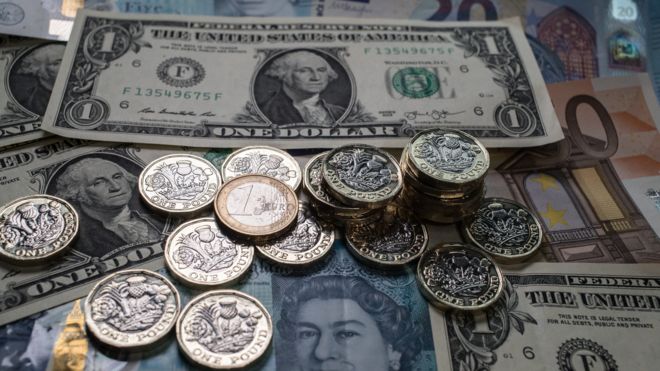Last week, we saw the “Trump Trade” unwind as the Dollar softened on speculation that President Trump’s tariff policies may not be as aggressive as initially feared. This shift led to a 2% rise in both GBPUSD and EURUSD, bringing some welcome relief to Sterling and Euro sellers who had previously faced challenges. While this movement is promising, it’s unclear whether this trend will continue or reverse sharply in the near term. My advice is to remain nimble with these currency pairs and stay alert to major market movements, as data releases and Trump’s unpredictability could quickly change the outlook.
January’s Currency Volatility: What It Means for Your Transactions
So far, January has been a rollercoaster for GBP, USD, and EUR. Sterling started the year under pressure, with GBPUSD trading as low as 1.21 and GBPEUR at 1.18. However, the recent rebound has seen GBPUSD climb to 1.24 and GBPEUR to 1.20. These fluctuations highlight the importance of timing in large transactions. For instance, on a £250,000 conversion:
- At GBPUSD 1.21, you’d receive $302,500.
- At GBPUSD 1.24, you’d receive $310,000.
That’s a $7,500 difference, underscoring the value of staying informed and making strategic decisions during volatile times.
Key Data Releases This Week
Monday
The week began with U.S. new home sales data, signaling a strengthening housing market, and a speech by ECB President Lagarde. While the speech was not expected to be a market mover, any unexpected commentary on monetary policy could have influenced the Euro.
Tuesday
Tuesday’s agenda includes U.S. durable goods orders, house price data, and consumer confidence figures, all expected to show positive momentum in the U.S. economy. Later, we have the Bank of Japan’s (BoJ) minutes from last week’s rate hike, the highest since 2008. The BoJ’s commitment to raising rates as long as data supports it will be closely analyzed for future direction.
Wednesday
Wednesday is shaping up to be the most significant day of the week, with interest rate decisions from both the Bank of Canada (BoC) and the Federal Reserve (Fed). The BoC is expected to cut rates by 25bps, while the Fed is likely to hold rates steady. Following President Trump’s recent remarks that U.S. interest rates are “too high,” the Fed’s decision and Fed Chair Powell’s press conference will provide critical forward guidance. Markets will be looking for clarity on when rate cuts might come, adding potential volatility to USD pairs.
Thursday
Thursday brings UK mortgage approvals, EU consumer confidence, and flash GDP data. Expectations are for a slight weakening in EU GDP, which could pressure the Euro. The ECB’s interest rate decision is also due, with a 25bps cut widely anticipated. However, the real focus will be on any hints of future policy changes. In the afternoon, U.S. GDP data is expected to show a rise to 2.5%, alongside jobless claims and Core PCE data. A stronger GDP reading could bolster the Dollar significantly.
Friday
The week concludes with key releases from Germany, including unemployment data, retail sales, and CPI. Market expectations are for weaker data, which could weigh on the Euro. U.S. PCE price index data will also be released, with a modest rise to 0.2% anticipated, though it is unlikely to have a major market impact.
Final Thoughts
January has already delivered significant volatility across GBP, USD, and EUR. Whether you’re planning a large international payment or monitoring rates for upcoming transactions, staying informed and proactive is essential in these fast-moving markets. If you need assistance with upcoming currency exchanges or hedging strategies, feel free to reach out.
